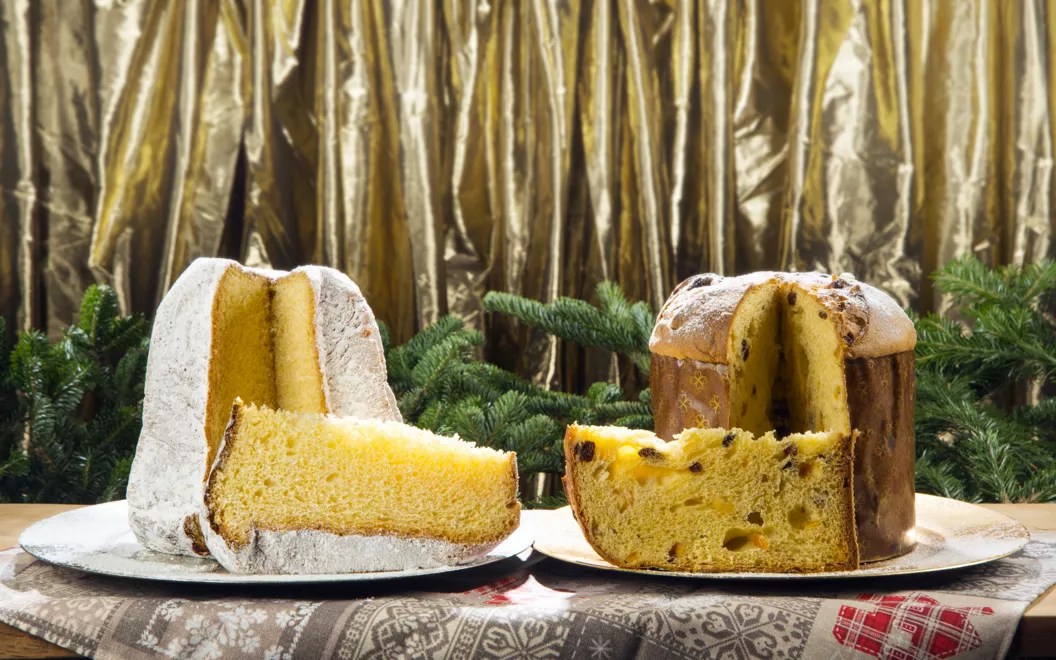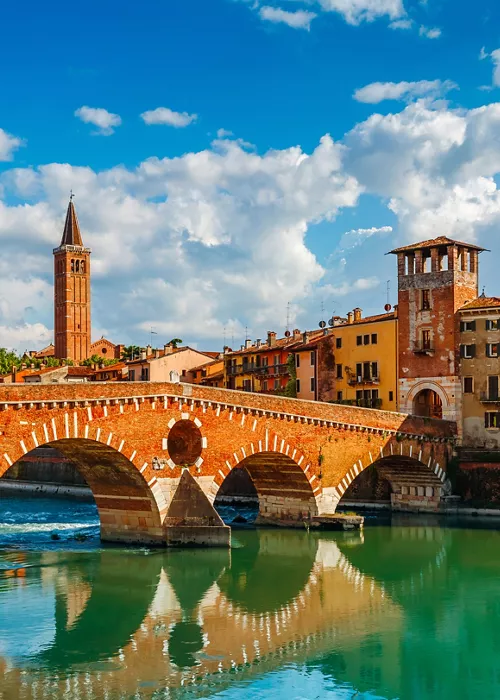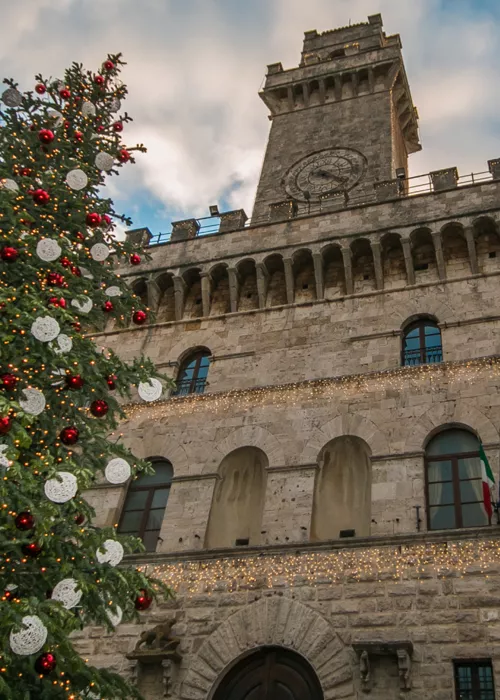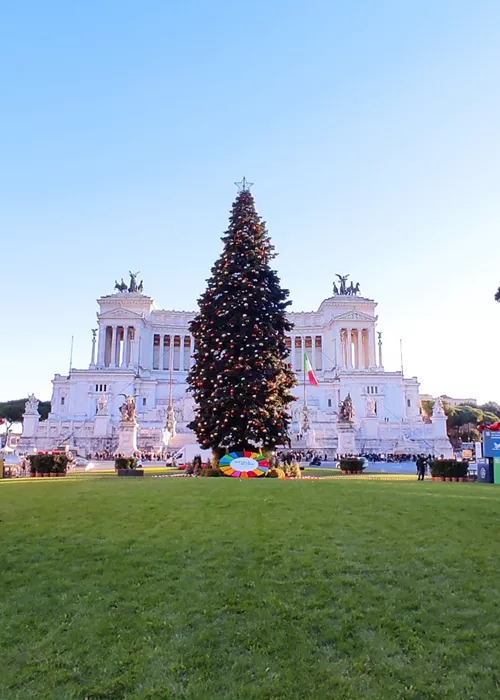The history of Pandoro and Panettone, the two kings of Italian Christmas
4 minutes
Pandoro or panettone? If you ask Italians this question, you will find that there are two friendly but distinct factions: those who love sultanas and candied fruit, and those who prefer the simplicity of a soft dough covered in icing sugar.
Everyone, however, agrees that pandoro and panettone are typical Italian Christmas desserts, from north to south.
We find out everything there is to know about the history of pandoro and panettone between the interesting facts and the legends.
Origins and history of pandoro: how the soft star-shaped cake came into being
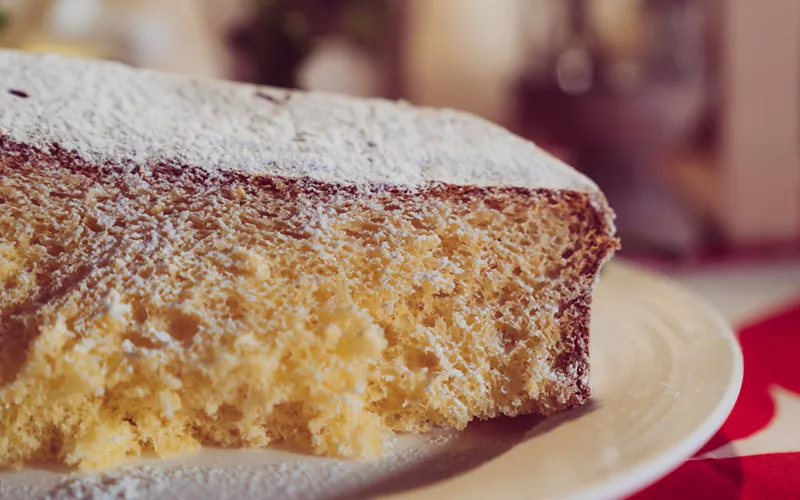
The history of Pandoro starts in the city of Verona, the birthplace of the confectioner Domenico Melegatti who was the first to patent this soft Christmas cake in the shape of an eight-pointed star at the Ministry of Agriculture and Commerce of the Kingdom of Italy in 1884. The inspiration for this delicacy, which was soon to become a true Christmas institution in Italy, came from a traditional Veronese dessert, the Levà, prepared in the city on Christmas Eve.
The origin of Pandoro, however, is not so certain. There is a lot in common with the Nadalin, a star-shaped cake popular on Venetian tables in the 13th century, as well as with Vienna bread. The name, however, is said to be attributable to the pan de oro popular around 1500 in the Venetian Republic, a conical cake covered with thin gold leaves.
Interesting facts and legends about pandoro
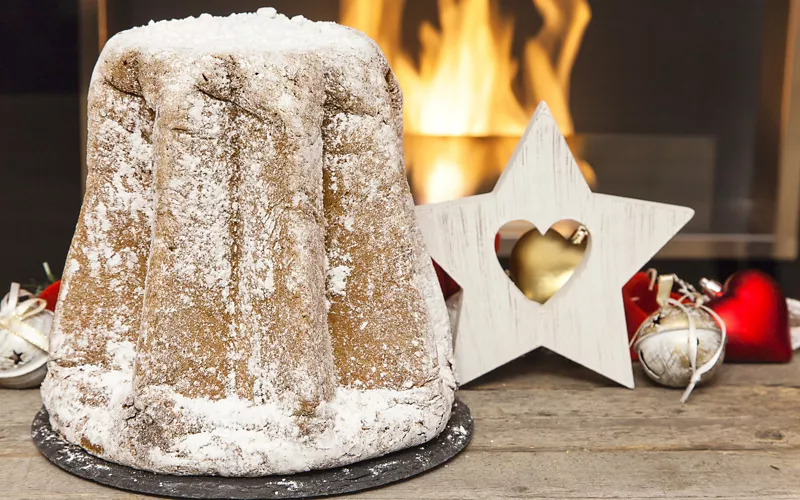
At Christmas time in Italy, it is impossible not to find Pandoro on every table. However, not everyone knows that it should be warmed slightly before serving to best enjoy its delicate flavour. A few seconds in the oven or a few minutes in front of a lit fireplace are enough to allow the sugar covering the cake to melt.
An interesting fact about the history of Pandoro is linked to the patent of Melegatti, who decided to make use of the talent of the impressionist painter Angelo Dall'Oca Bianca. The traditional eight-pointed star shape of this cake that has become a symbol of Christmas in Italy comes from a drawing by the Veronese artist, deposited by Melegatti together with the recipe.
Origins and history of panettone: from Milan to the conquest of Italy
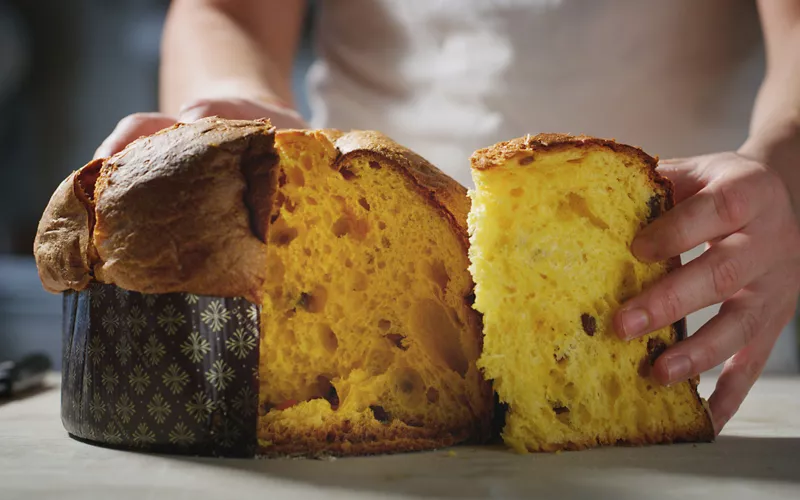
The history of panettone mixes tradition and legend, but there is little doubt that its spread started in northern Italy and, more precisely, in Milan. We know that until the 15th century, wheat was considered a very valuable raw material. As it was more expensive, it was the prerogative of only part of the population with the exception of the Christmas period when, the town's bakeries were allowed to use it to bake bread.
The origins of panettone are also linked to the medieval tradition of celebrating Christmas in the family by putting three wheat loaves to be divided among all the diners and to keep one slice, a sign of continuity, until the following year.
The recipe we know today, however, was only perfected in the late 19th century, when Milanese confectioner Giovanni Felice Luraschi decided to add yeast to obtain a taller and fluffier cake, to be enriched with cubes of candied fruit or sultanas.
Interesting facts and legends about panettone
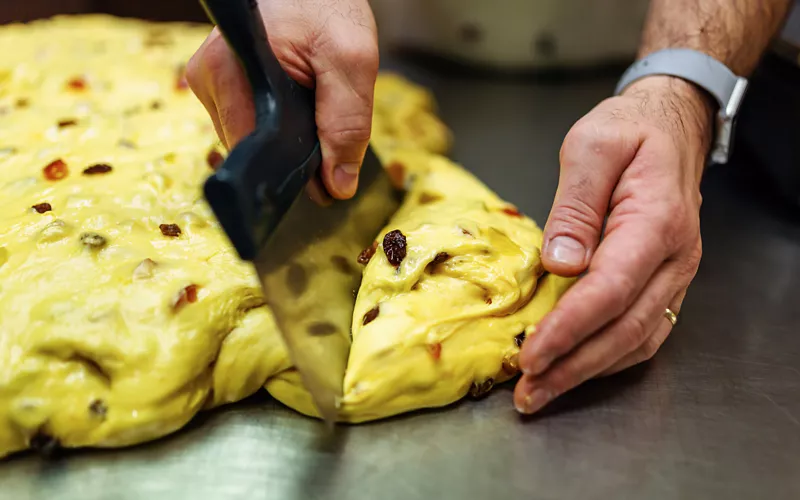
The etymology of panettone has its roots in the Milanese dialect and in that “pan de ton” used to indicate a luxury cake, a bread enriched with precious ingredients such as honey and sultanas. For centuries, however, the legend of panettone was linked to the figure of Ludovico il Moro, lord of Milan in the late 15th century, and the young Toni, court baker or kitchen scullery boy, depending on the story.
By mistake or oversight, Toni allegedly burnt the cake planned for the Sforza family's Christmas Eve dinner and sought to rectify the problem by working butter together with flour, eggs, sultanas, candied fruit and sugar. The result would have pleased the Sforzas so much that it prompted Ludovico il Moro to rename the improvised cake “pan di Toni” in homage to its creator. A sentimental story, but not necessarily true.
The difference between pandoro and panettone
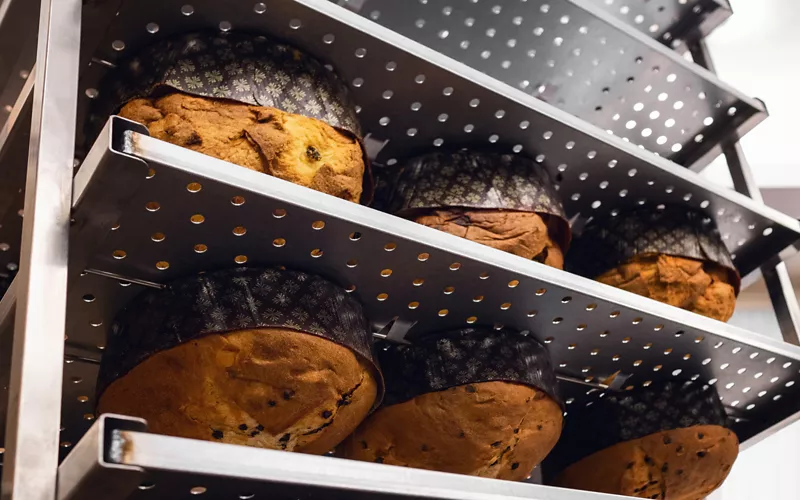
Pandoro and panettone share the same two distinctions: they both appear in shops and on tables all over Italy during the Christmas festivities, and their preparation is anything but simple and quick. The pandoro recipe and that of panettone have some ingredients in common such as sourdough, eggs and butter, but the similarities stop there.
The main difference between pandoro and panettone lies in the shape, an eight-pointed star for the former and a cylinder with a domed top for the latter, and in their defining flavours: the pandoro is presented in all its simplicity, covered with a dusting of icing sugar, while the panettone is enriched with candied fruit and sultanas depending on the recipe, but also with chocolate chips in more modern variants.
The dough of panettone has a denser consistency compared to the more honeycombed and lighter texture of pandoro. The difference in composition also results in a difference in the aroma that these two cakes give off when cut. Panettone, in fact, produces an aroma enhanced by the sweet and sour notes of candied fruit and sultanas, while pandoro exudes a sweet scent of butter and vanilla.
So how do you choose between these two sweet symbols of the holidays? Certainly not on the basis of calories. Whether you are team pandoro or team panettone, let your taste alone guide you: put your favourite cake on the table, cut a slice for you and your loved ones, and savour the pleasure of Christmas together.

